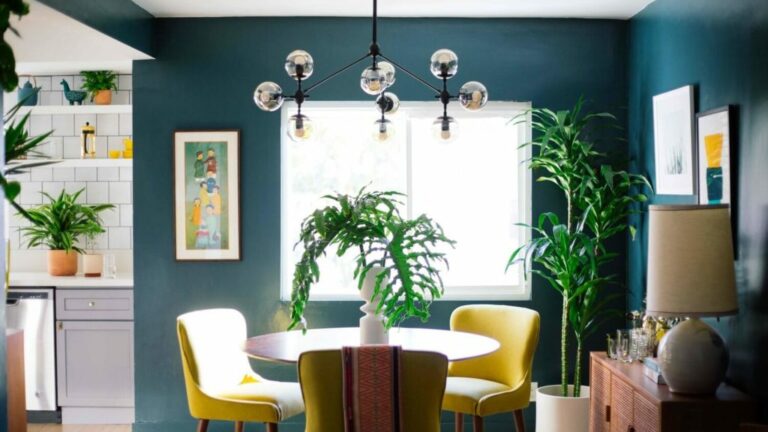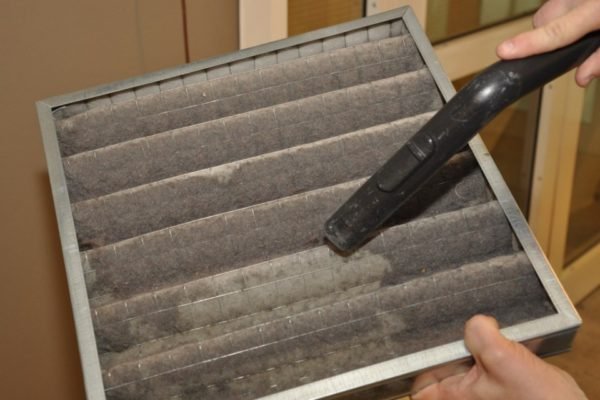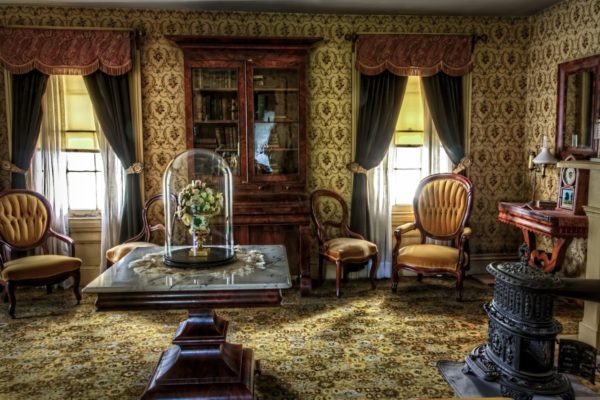The walls are to your house what your skin to your body. Imagine that you looks divine but your skin is dry, with spots, acne scars, scratches. You would not like it, right?
Well, the same thing happens to your home sweet home. For your decoration to look good, the walls have to be healthy and smooth, like your own skin. After years of working with both tenants and landlords as well as homeowners, Century 21 team learned how to take care of the walls of various properties, be it a rental or a family home.
Healthy and beautiful walls
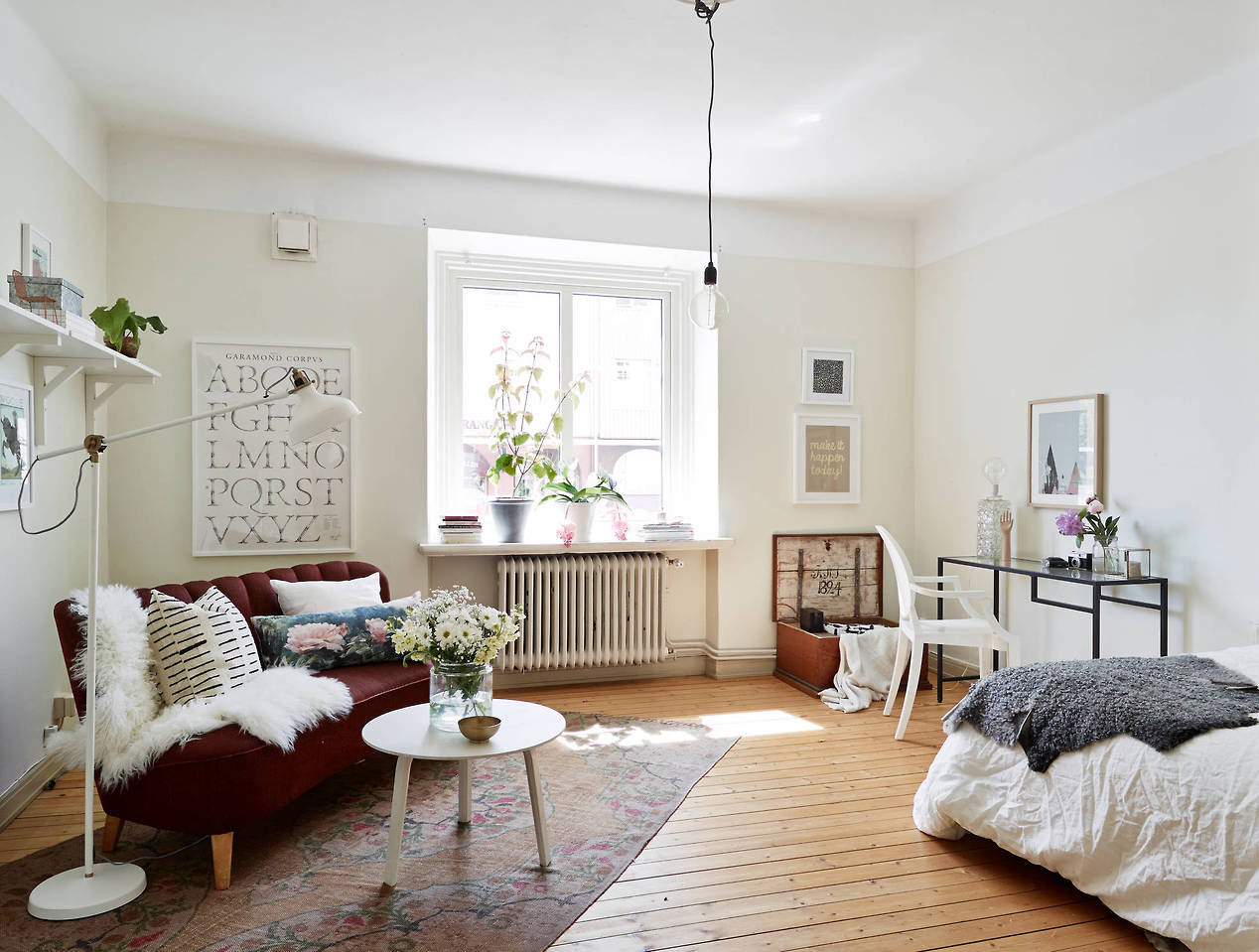
One of the most important aspects of the maintenance of a house in the care of the walls. And we are not only talking about paintings or wallpaper. We are also talking about what is not seen. The layers that cover the bricks or concrete, are those that have to be in good condition to prevent problems such as mold and stains.
The problem: Paint peels easily or a part is inflated. Maybe the wall has moisture. There you will have to find out what is the cause, consult a plumber to see if there is a pipe that is losing and if it is your responsibility or that of the consortium to carry out the repair.
The solution: You will have to consult a plumber to detect and repair the loss and wait a while for it to dry to repair the wall and then paint.
The problem: Green or brown patches. It is fungus and mold. Mold usually appears during the winter season, especially in places where humidity is high and sunny days are scarce for months. The walls tend to lose their color and the mold patches become visible in some areas. Not only do they stain the wall, they can cause a bad smell and, in addition, if the humidity is excessive, it can cause illnesses to the inhabitants of the house.
The solution: To take care of them, wash them with a cloth with bleach, then let them dry and generously apply an antifungal paint as a base for the colored paint.
The problem: Walls cold or wet to the touch. When there is not good ventilation, when the house is always closed, moisture or excessive dryness of the walls appears. The lack of adequate ventilation can be one of the causes of the deterioration of the walls.
The solution: you should procure windows where the air and the sun flow. The best thing is to prevent and it always comes well to waterproof from the outside walls in places where humidity abounds, poorly ventilated, or where it usually rains a lot.
Which paintings to choose
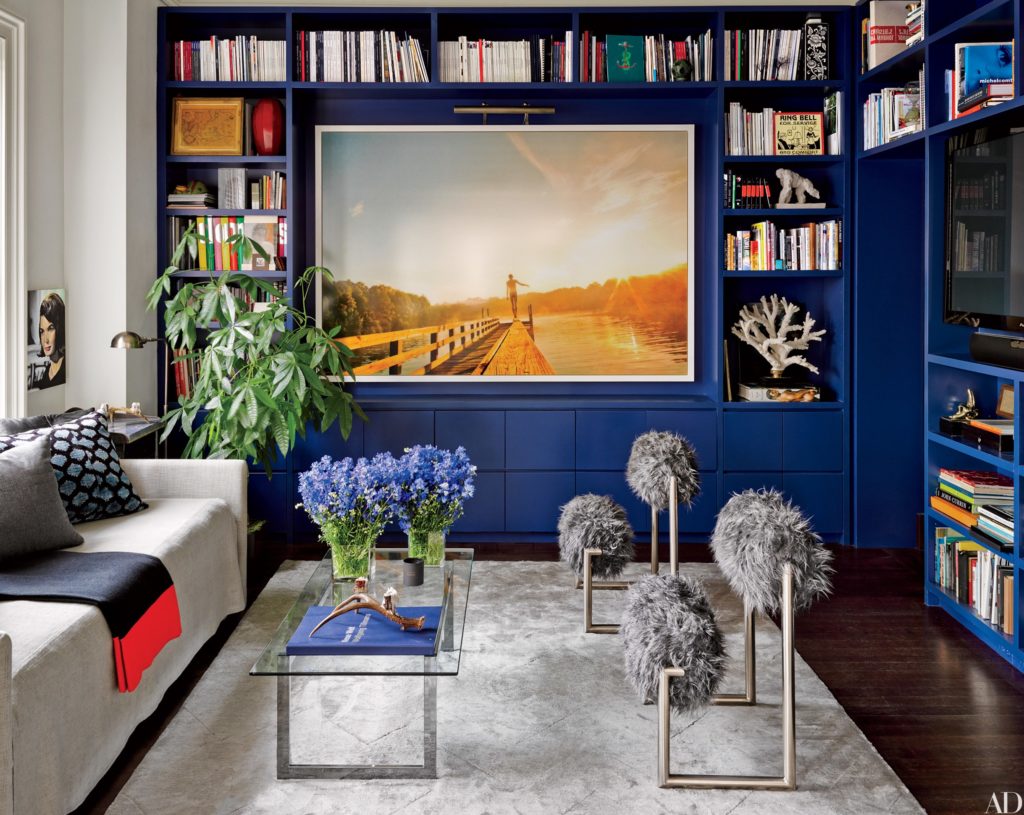
The materials to apply on the walls are diverse, from plastic paints, acrylics, all water-based to synthetic paints such as satins and enamels with gloss and to protect corners and edges use stainless steel corner guards. The choice depends on the wall but also on the skill level of the painter. So if you are a fan of DYI, pay attention to this miniguide of materials and steps before painting.
Water-based paints: they are the most used for interiors due to their easy application and their low odor. The finish can be opaque (matt) or semi-matt (satin or silk glitter).
Paintings with color: If you are going to use water-based paint you have free way to choose the colors that you like the most. Once chosen you can make them prepare in the local paint shop or prepare them with the help of toners, in the case of pastels (light colors). Keep in mind that it is not advisable to add too much toner to the paint. A maximum of 30 cc per liter should be added. In addition, you can mix prepared colors and in this way obtain new tonalities.
Washable paints: the advantages when painting the walls with washable paint are evident. We can maintain a good appearance for longer without the need to repaint. Only with a few elements will you be able to relive the colors and remove the stains attached to the painted walls.




